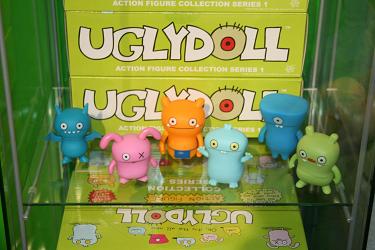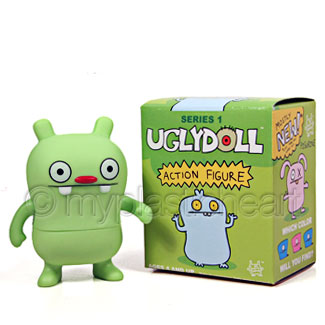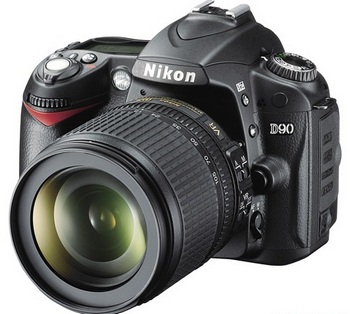A blog entry from the businessethicsblog by Chris MacDonald, “Ethics of Shoe Shine Pricing” commented on the $6.75 price of a shoe shine, and how that encouraged customers to give $10 and leave the rest as tip. Considering that is nearly a 50% tip, Chris wonders whether the price was set with the amount of tips in mind. He mentions that surely, if the price was $4.50, people would pay $5 and leave 50 cents as tip, a decent 10% tip.
In our marketing class today, it was pointed out that pricing is one of the most visible marketing components, resulting in instant backlash in case consumers feel that pricing strategy is unethical. So is setting the price to encourage people to tip an unethical marketing strategy?
This is a grey area in marketing, with no right or wrong answer. In my opinion, I do not believe it is unethical since it appears that the people who set the price have no actual intent to harm customers. They still have the choice on how much money to give as tip, and they are not coerced to give a certain amount of money. Of course, it is more convenient to say “Just keep the change”, but that is ultimately up to the consumer.











 With the goal of affecting consumers’ affective behaviour, their advertisements portray images of smiling, happy, and fit people in order to cause consumers to feel motivated and encouraged to aim for a healthier lifestyle, in order to become that same happy person on their ads. Essentially, by giving advice through their advertisements or goods, they make consumers feel good when they buy LuluLemon products because wearing them shows that they have made a commitment to living a balanced lifestyle.
With the goal of affecting consumers’ affective behaviour, their advertisements portray images of smiling, happy, and fit people in order to cause consumers to feel motivated and encouraged to aim for a healthier lifestyle, in order to become that same happy person on their ads. Essentially, by giving advice through their advertisements or goods, they make consumers feel good when they buy LuluLemon products because wearing them shows that they have made a commitment to living a balanced lifestyle.
